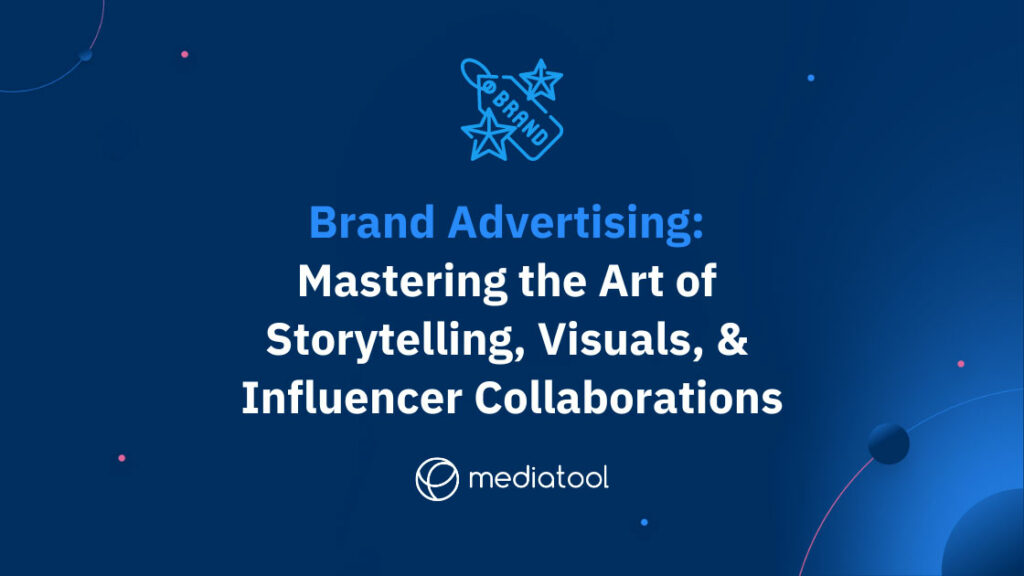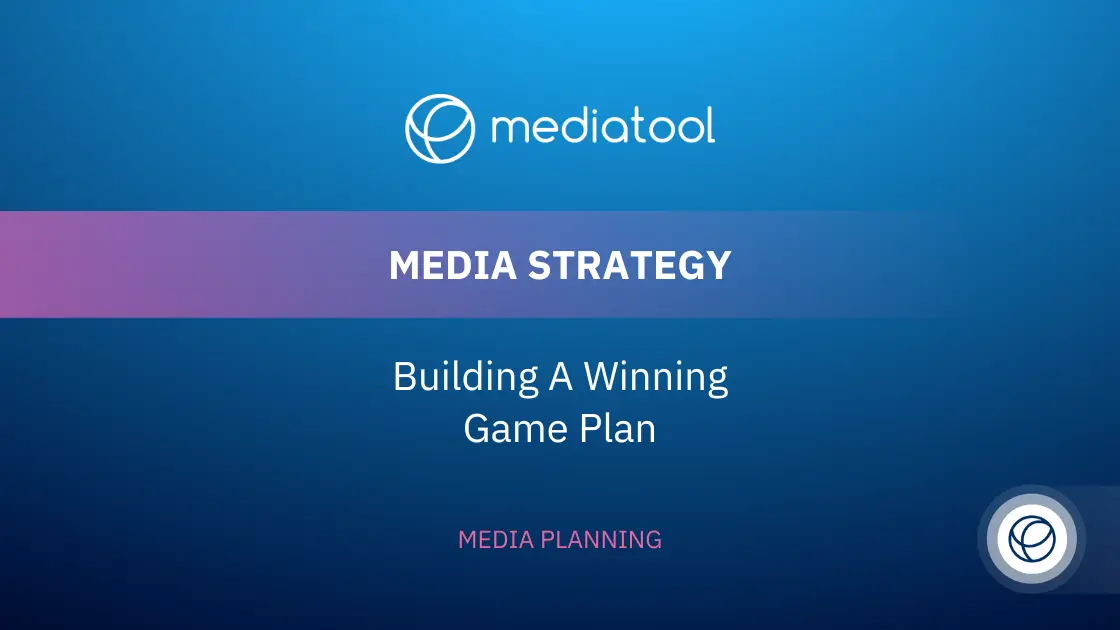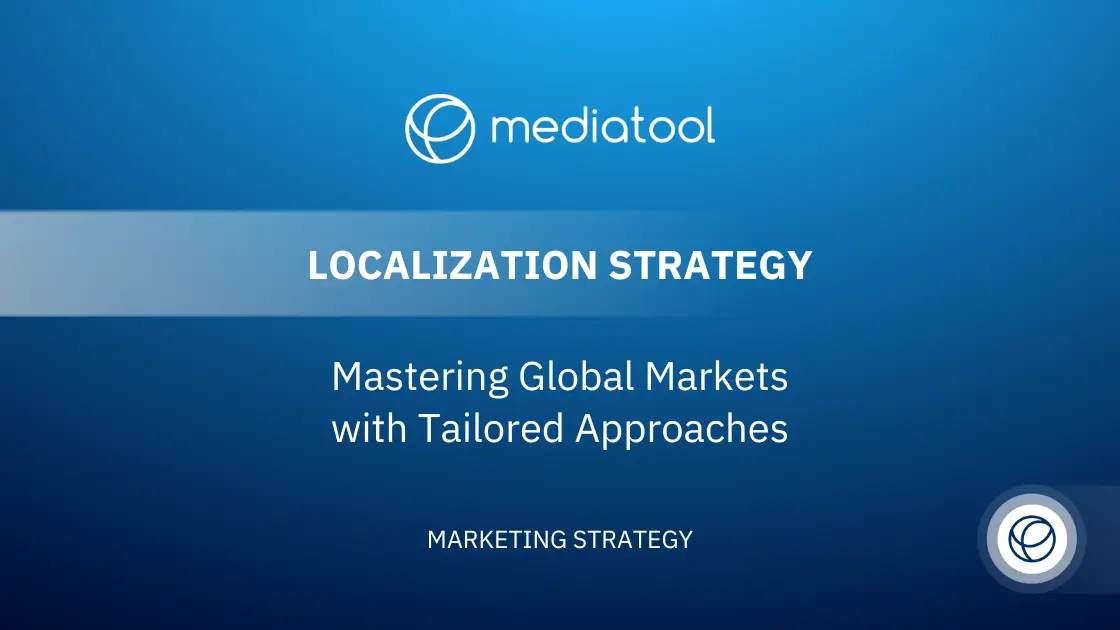Brand advertising is the strategic force that can elevate or hinder your business in today’s fiercely competitive landscape. It goes beyond merely selling products; it’s about crafting a compelling brand that resonates with your target audience.
As we get into the captivating realm of brand advertising, we’ll explore the intersection of storytelling and visuals, the role of social media and influencers, and the importance of measuring success and maintaining consistency.
We’ll also examine emerging trends, like the fact that 88% of consumers say that authenticity is a key factor when deciding what brands they like and support. As well as how 46% of consumers say they would pay more to purchase from brands they can trust.
By the end of this journey, you’ll be equipped with the knowledge and insights needed to propel your brand to new heights.
Let’s begin!
What is Brand Advertising?
Brand advertising definition: a strategic approach in marketing that focuses on enhancing and promoting a brand’s distinct image, core values, and personality, rather than just its products or services. This form of advertising aims to forge a lasting emotional connection with the target audience, helping to differentiate the brand from its competitors and create a memorable brand image.
In the realm of brand advertisement, the importance of contextual relevance — aligning brand ads with the content on the page — cannot be overstated. A study by IAS revealed that 70% of consumers value this relevance. As digital advertising expenditures are forecasted to soar to 836 billion dollars by 2026, the significance of adept brand advertising strategies becomes more pronounced.
The principal objectives of brand advertising campaigns are to elevate brand awareness, bolster brand recognition, and nurture brand loyalty and trust among consumers. Research indicates that a significant 64% of consumers prefer buying from brands that demonstrate social responsibility, even at a higher cost.
Achieving these goals through effective brand advertising — which encompasses storytelling, captivating visuals, and consistent messaging across different channels — can lead to strong brand identity, lasting customer relationships, and enhanced brand credibility. Brand advertising strategies often leverage social media, influencer marketing, and data-driven insights to optimize the impact of their ad campaigns.
Famous brand advertising examples, like Nike’s swoosh or Coca-Cola’s iconic branding, demonstrate how powerful this approach can be in establishing a brand as a market leader. These campaigns often leave a lasting impression by resonating with consumers on both emotional and intellectual levels, thereby increasing customer loyalty and market presence.
Successful brand advertising efforts require a deep understanding of the target audience, or buyer persona, and the ability to tell compelling stories through various advertising mediums, including print ads and social media. These strategies aim not just to sell products but to build long-lasting relationships with potential customers, eventually translating into more sales and long-term positive recognition for the business.
What’s the difference between brand advertising and direct response advertising?
Brand advertising concentrates on developing a brand’s image, values, and personality, aiming to establish long-term connections with the target audience. In contrast, direct-response advertising seeks immediate action from the audience, such as purchasing or signing up for a newsletter. Brand advertising focuses on long-term goals like awareness, recognition, loyalty, and trust, while direct response advertising aims for quick results and immediate engagement. Both strategies have their merits, and determining the appropriate balance depends on your brand’s specific objectives and needs.
The Role of Storytelling in Brand Advertising
At the heart of many impactful brand advertising strategies lies the art of storytelling. This approach isn’t just about advertising products; it’s about weaving narratives that foster an emotional connection with the audience, making the brand not only memorable but also deeply relatable. Effective storytelling in brand advertising is a powerful tool for transforming mere customers into passionate brand advocates.
Examples of Successful Brand Storytelling
Renowned campaigns such as Dove’s Real Beauty and Nike’s “Just Do It” exemplify the strength of storytelling in brand advertising. These narratives do more than just sell products; they evoke emotions and inspire action, creating a personal resonance that allows audiences to see their values reflected in the brand.
Strategic Steps to Captivating Storytelling
Developing enthralling brand stories involves several key steps:
1. Identifying Your Brand’s Voice and Message
Establishing a unique voice is foundational for consistent and effective storytelling across your brand advertising campaigns. This distinct voice should be the guiding force behind all narratives.
2. Unearthing the Heart of Your Brand
Dive deep into what makes your particular brand unique. Understand the core values and experiences that set your brand apart. This exploration is crucial for creating stories that genuinely represent what your brand stands for.
3. Authenticity is Paramount
Genuine stories that mirror the essence of your brand are vital. Incorporating real-life situations and relatable experiences can significantly enhance the connection between your audience and your brand. Authentic storytelling not only captivates but also builds brand credibility.
4. Balancing Emotion and Brand Identity
Eliciting emotions is a potent aspect of storytelling, yet it’s important to maintain a balance that aligns with your brand’s identity. Emotional storytelling should not overshadow the brand’s core message and values.
5. Storytelling as an Ongoing Journey
Storytelling in brand advertising is not a one-time effort. It requires continuous refinement, adapting to the evolving needs and preferences of your audience. This dynamic process is key to cultivating long-term customer loyalty and keeping your brand captivating and relevant.
Through these strategic storytelling approaches, your brand can create deep emotional connections, fostering a sense of belonging among your audience. This will not only increase customer loyalty but also elevate your brand’s presence in the marketplace.
By leveraging these storytelling techniques in your marketing efforts, your brand can transform its audience into loyal fans and active promoters, further solidifying its position in the competitive business landscape.
The Power of Visuals in Brand Advertising
Visual elements play a crucial role in creating a memorable and consistent brand identity that captures the attention and imagination of your target audience. After all, a picture is worth a thousand words, and visuals uniquely convey complex ideas quickly and effectively.
Your logo is the face of your brand, so it’s essential to create a recognizable and memorable design. Take, for example, the iconic Apple logo or Nike’s swoosh – these logos are instantly associated with their respective brands. The color palette you choose significantly impacts the emotions your brand evokes. Think of the calming blue tones of Facebook or the energetic red hue of Coca-Cola. Consistently using your color palette across different platforms helps reinforce your brand’s identity.
Typography, too, plays a vital role in shaping your brand’s personality. The choice of fonts should complement your brand’s style and tone, ensuring that the text is legible and aesthetically pleasing. Imagery, including photography and illustrations, should be consistent with your brand’s story and messaging.
For instance, Airbnb’s visual branding focuses on authentic, relatable images of hosts and travelers, reinforcing the brand’s core values. Effective visual branding campaigns, like the minimalist yet evocative designs of Apple or the vibrant and playful imagery of Spotify, showcase the power of visuals in creating a lasting impression on consumers.
The thoughtful use of visual elements in brand advertising is paramount to establishing a strong, memorable brand identity. By carefully considering your logo, color palette, typography, and imagery, you can create a cohesive visual experience that resonates with your target audience and sets your brand apart from the competition.
Take Advantage of Social Media for Brand Advertising
Social media for brand advertising has become increasingly essential in today’s digitally connected world. TikTok audience insights for 2022 show that 73% of users feel a deeper connection to brands they interact with on the platform than other platforms. Moreover, 78% agree that the best brands on TikTok share their ideas and work with users.
The impact of social media on brand advertising is immense, providing opportunities for brands to reach and engage with their target audience like never before. To make the most of social media for your brand, start by identifying the right platforms for your target audience. Research where your ideal customers spend their time online, and focus your efforts on those networks.
For instance, if you’re targeting a younger demographic, platforms like TikTok or Instagram may be more suitable than LinkedIn. Creating engaging and shareable content on social media is crucial for effective brand advertising.
Keep these tips in mind:
- Showcase your brand’s personality by sharing authentic stories and experiences that resonate with your audience.
- Develop a consistent content strategy, including a mix of promotional and non-promotional posts, to keep your audience engaged and informed.
- Use visuals like images, videos, and infographics to capture attention and convey your message more effectively.
- Encourage user-generated content by inviting followers to share their experiences with your brand, creating a sense of community and trust.
- Monitor your engagement metrics to better understand your audience’s preferences and adjust your content marketing strategy accordingly.
By leveraging the power of social media for brand advertising, you can effectively reach your target audience, build brand awareness, and foster meaningful connections with potential customers. With the right approach and a consistent content strategy, your brand can thrive on social media and beyond.
Measuring the Success of Your Brand Advertising Campaign
You can adapt and optimize your strategy based on data-driven insights by tracking KPIs and analyzing campaign performance.
Some common KPIs for brand advertising include brand awareness, recognition, recall, and sentiment. You may also want to track engagement metrics like likes, shares, comments, and click-through rates to gauge your audience’s interest and interaction with your content.
Consider using various tools and methods to effectively track and analyze your campaign performance. For instance, web analytics tools like Google Analytics can help you measure website traffic and user behavior. In contrast, social media analytics platforms can provide insights into your audience’s engagement with your content.
Additionally, brand perception surveys can offer valuable information about how your target audience perceives your brand and advertising efforts. These surveys can help you identify areas for improvement and better understand the factors that influence your audience’s decision-making process.
Based on the data insights you gather, adapt and optimize your brand advertising strategy to better align with your audience’s preferences and interests. For example, if your analysis reveals that video content generates the highest engagement, consider producing more videos to further amplify your brand message.
Measuring the success of your brand advertising campaign is essential to fine-tuning your strategy and maximizing the return on your investment. By tracking KPIs, adopting analytics tools, and acting on data insights, you can ensure that your brand advertising efforts are on the right track to achieve your objectives.
Influencer Marketing and Brand Advertising
Influencer marketing has taken the world of brand advertising by storm, quickly becoming an essential component of many successful campaigns. With the rise of social media, influencers have become powerful voices that can help your brand reach new heights.
Choosing the right influencers for your brand ensures a successful collaboration. Look for individuals who share your brand values, have a strong connection with their followers, and are genuinely interested in your products or services.
One of the primary benefits of influencer collaborations is the authenticity they can bring to your brand advertising. Influencers have built their followings by cultivating trust and genuine relationships with their audience, which can lead to more credibility for your brand. 94% of shoppers will stay loyal to a transparent brand.
Another advantage of working with influencers is the increased reach your brand can gain through its networks. By tapping into their established audiences, you can expand your brand’s visibility and engage with potential customers who might not have discovered you otherwise. Moreover, influencer marketing allows you to target a specific audience relevant to your brand.
By partnering with influencers with a following that aligns with your target demographic, you can ensure your advertising efforts resonate with the people most likely to become loyal customers.
Influencer marketing is a powerful tool in brand advertising, offering authenticity, increased reach, and targeted audience engagement. By carefully selecting the right influencers and leveraging their influence, you can elevate your brand’s visibility and create lasting connections with your target audience.
As brand advertising continues to evolve, staying informed of emerging trends and best practices is crucial. By leveraging the power of storytelling, visuals, social media, influencers, and data-driven insights, you can create a compelling brand that resonates with your target audience and stands out from the competition. Remember that authenticity is key – 88% of consumers consider it crucial when deciding which brands to support.
Remember that trust is invaluable, as 46% of consumers are willing to pay more for products from brands they trust. By focusing on these aspects and strategically using these tools and tactics, you’ll be well on your way to building a strong brand presence and fostering long-lasting relationships with your customers.
What’s Next?
Mastering the art of brand advertising is essential in today’s competitive market. The next step for brands to ensure the creation of successful campaigns is to leverage powerful tools like Mediatool. Plan, measure, and report on all your campaigns in one place, streamlining your processes and fostering cross-team collaboration.
With better workflows and more efficient teamwork, your brand will be poised to create more impactful and effective campaigns that resonate with your audience. Don’t miss out on the opportunity to elevate your brand advertising game – take a tour of Mediatool today.





